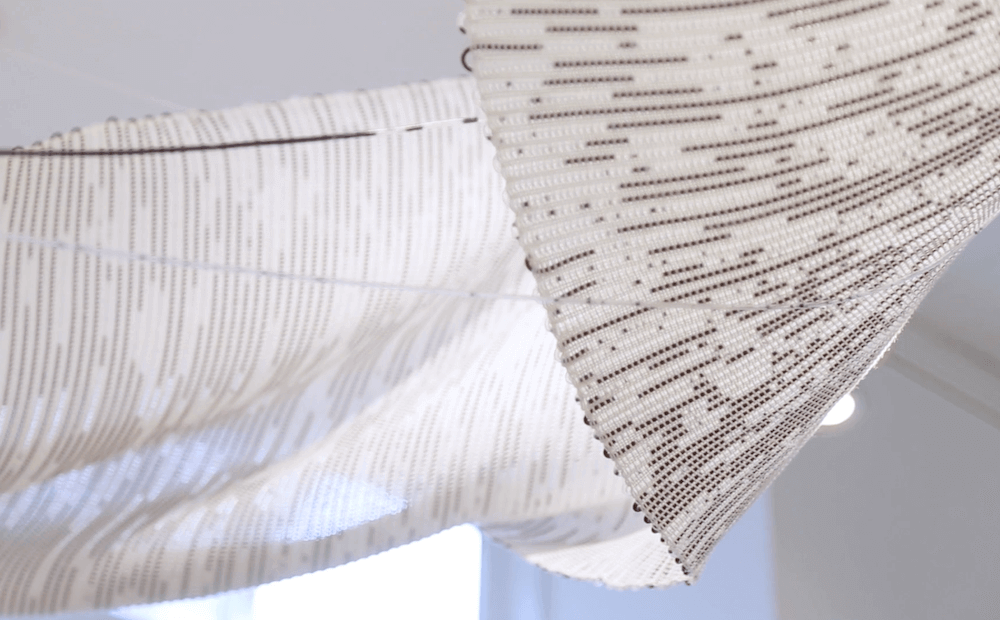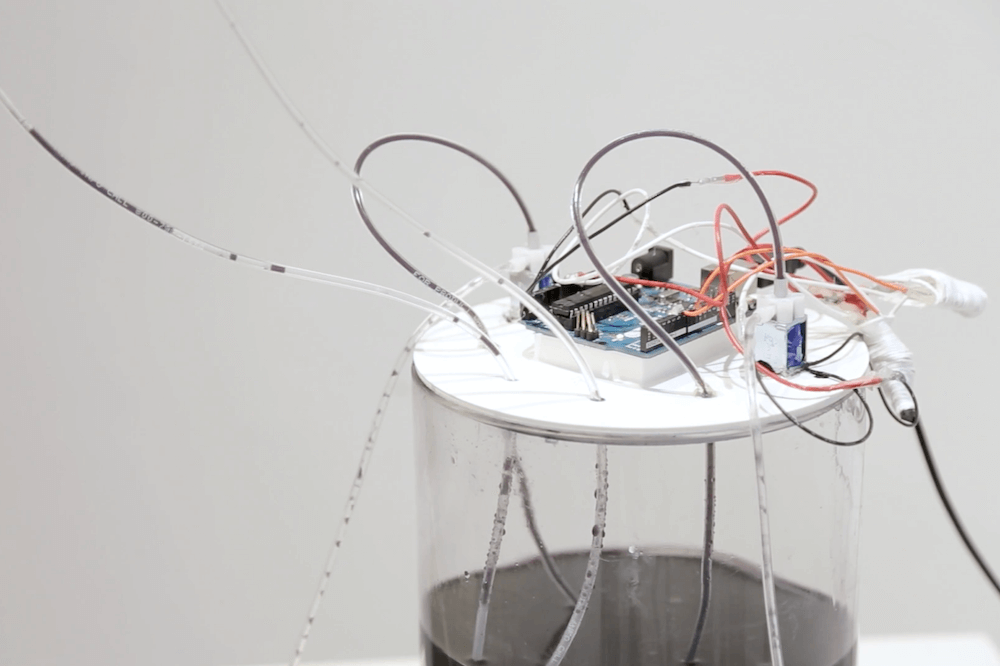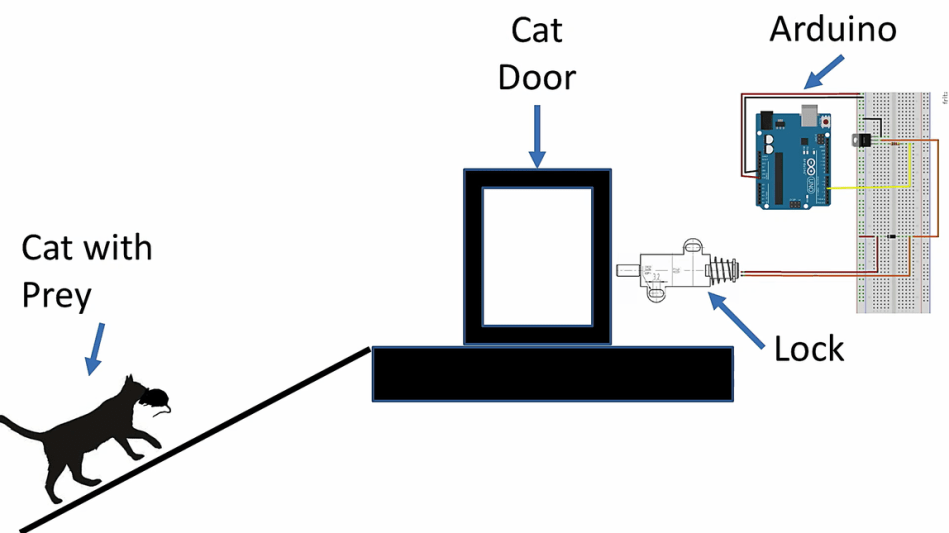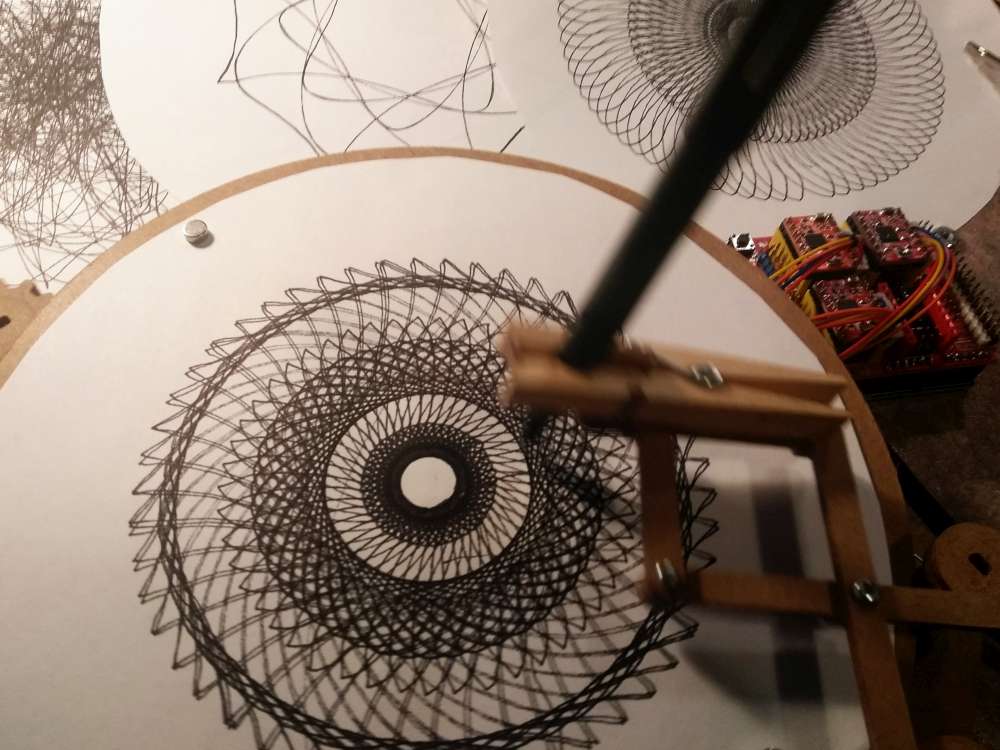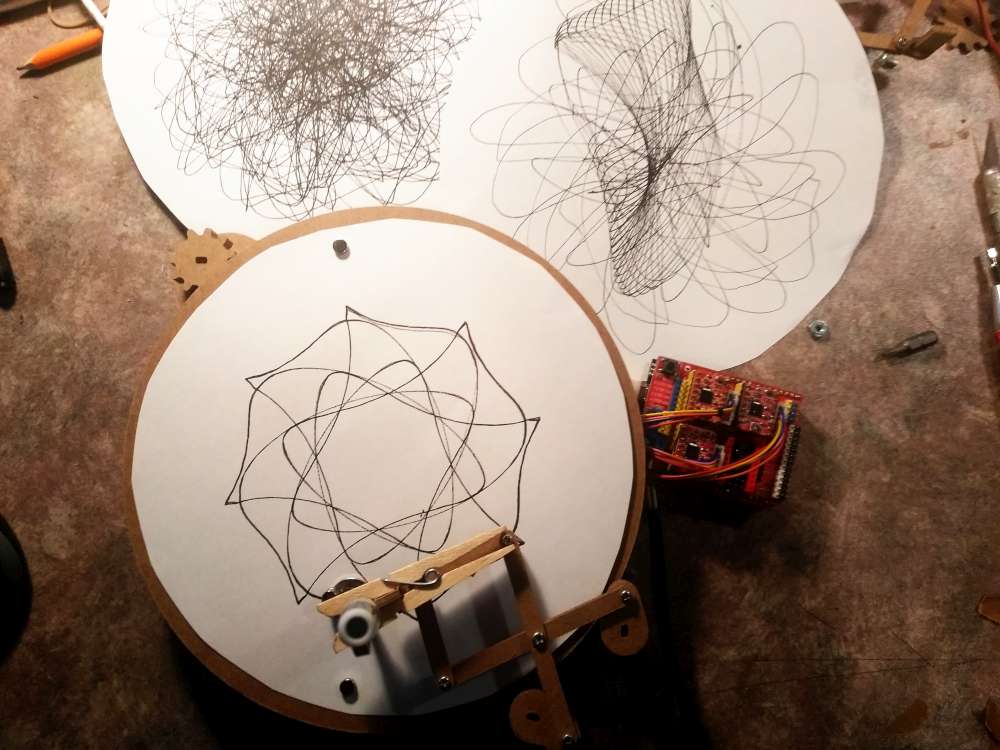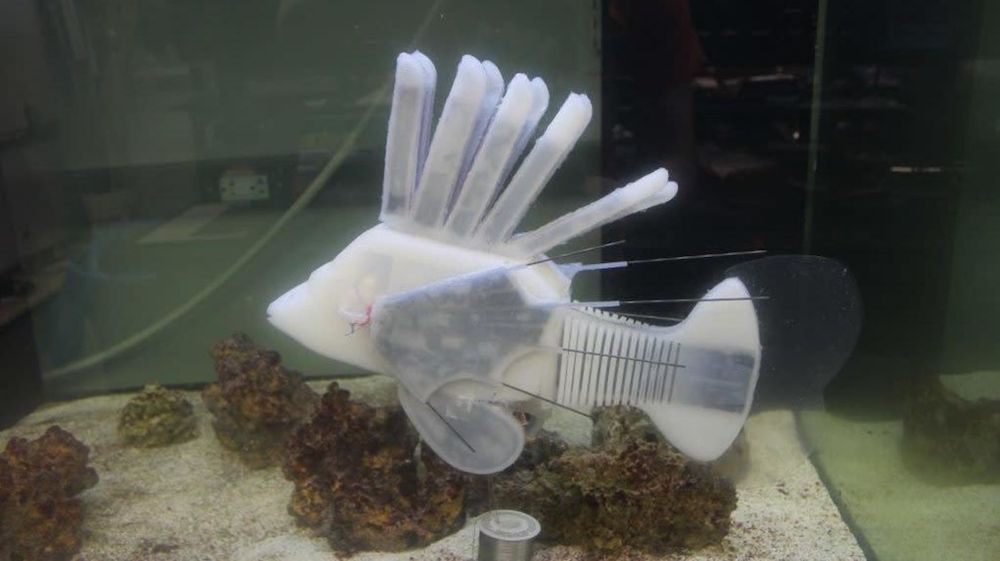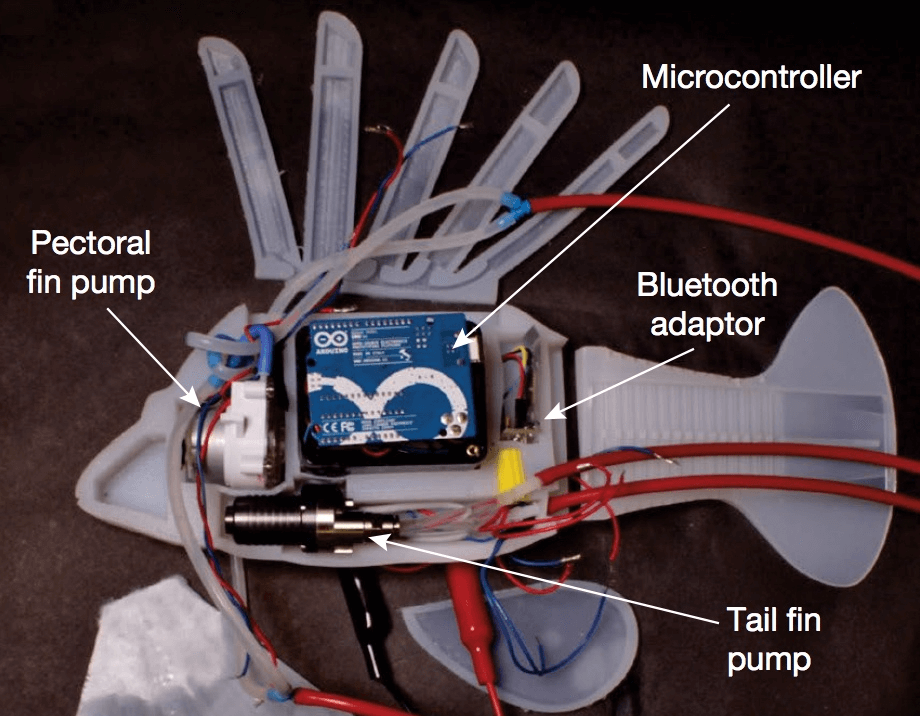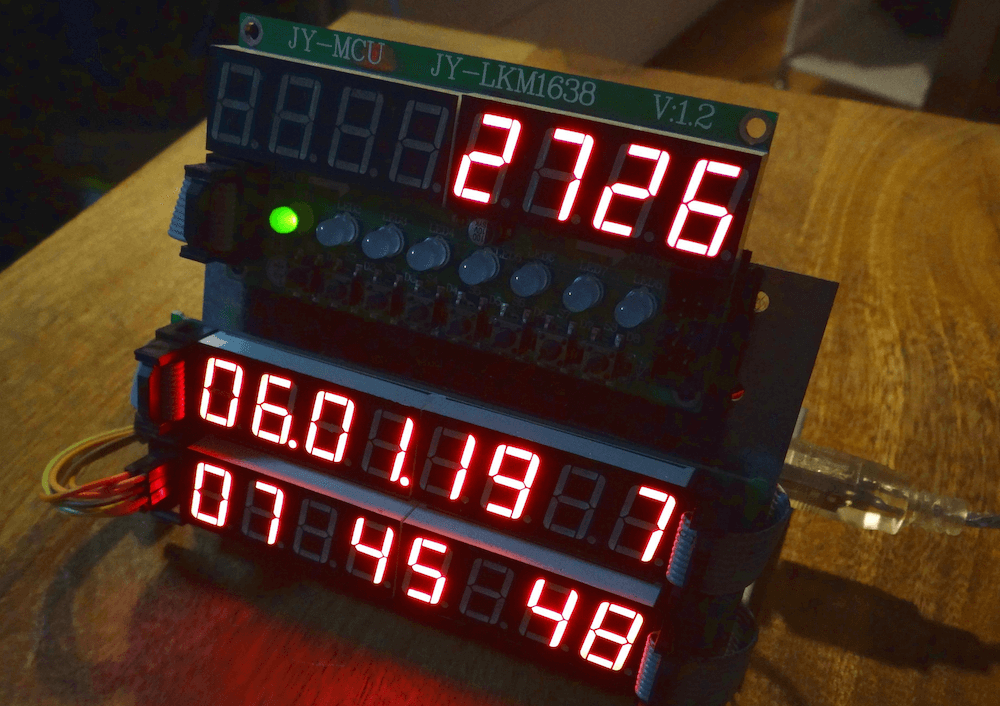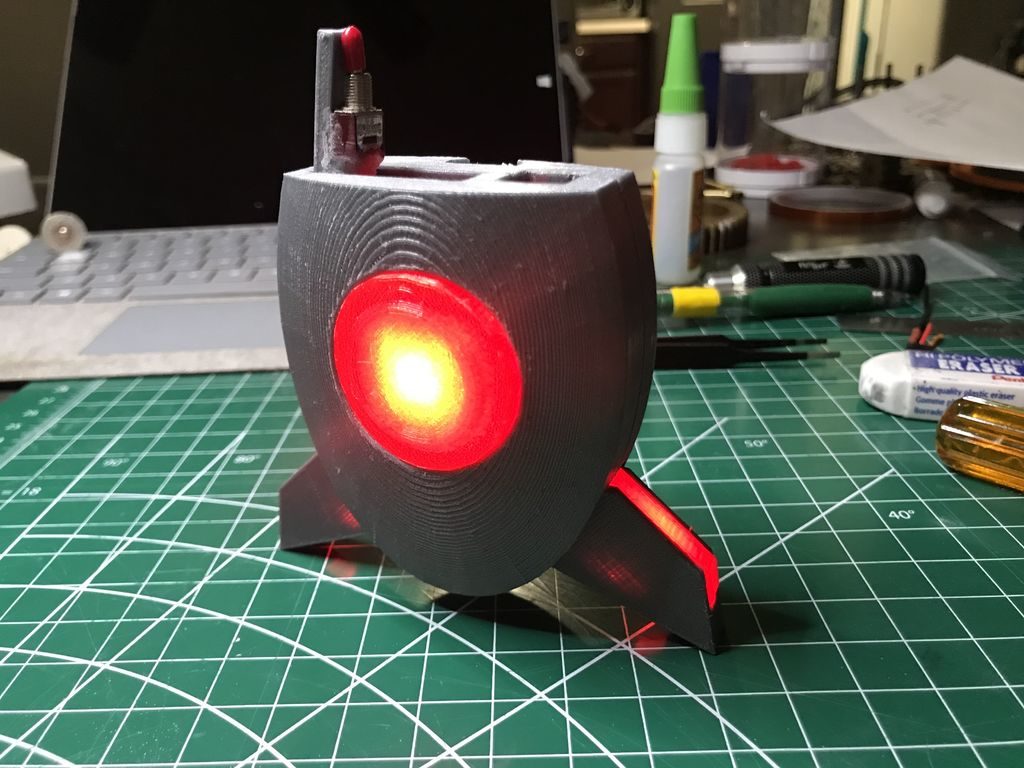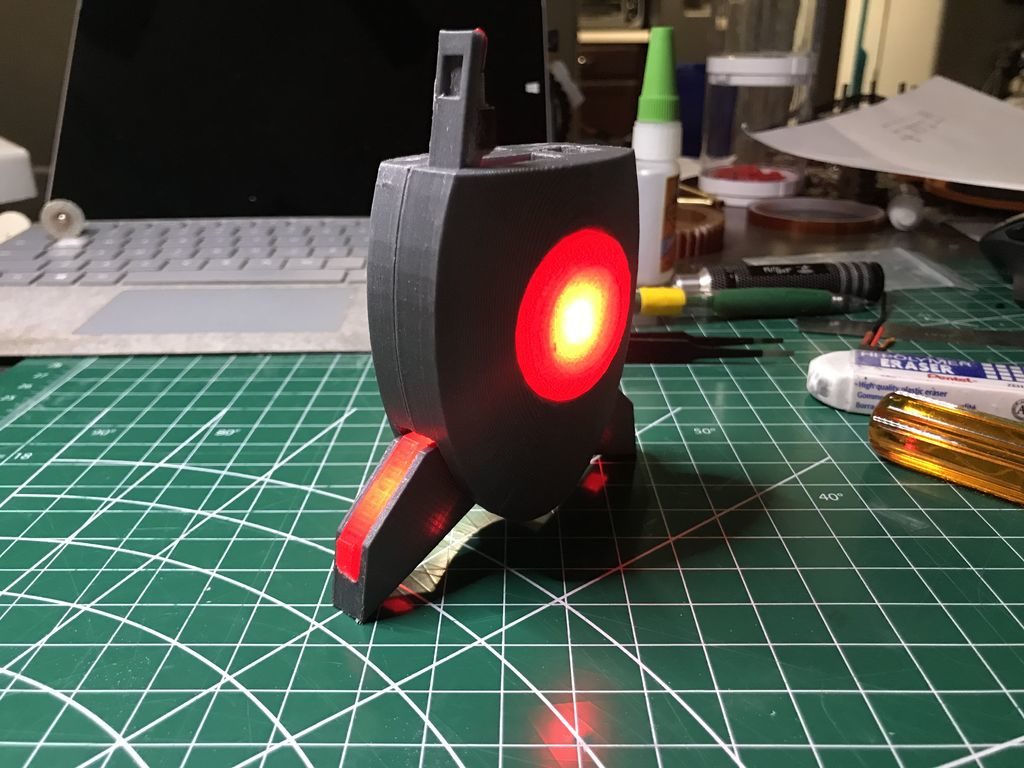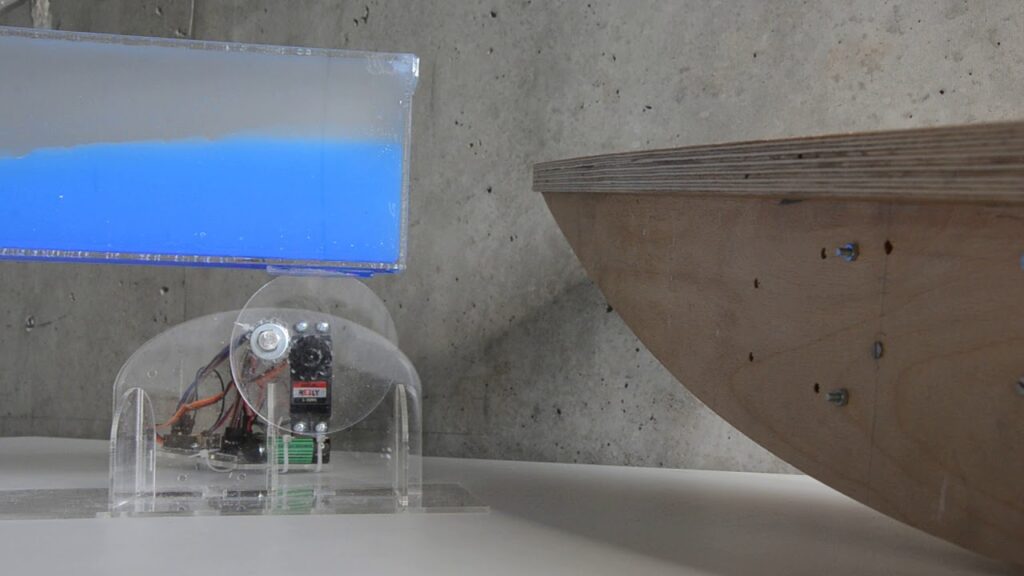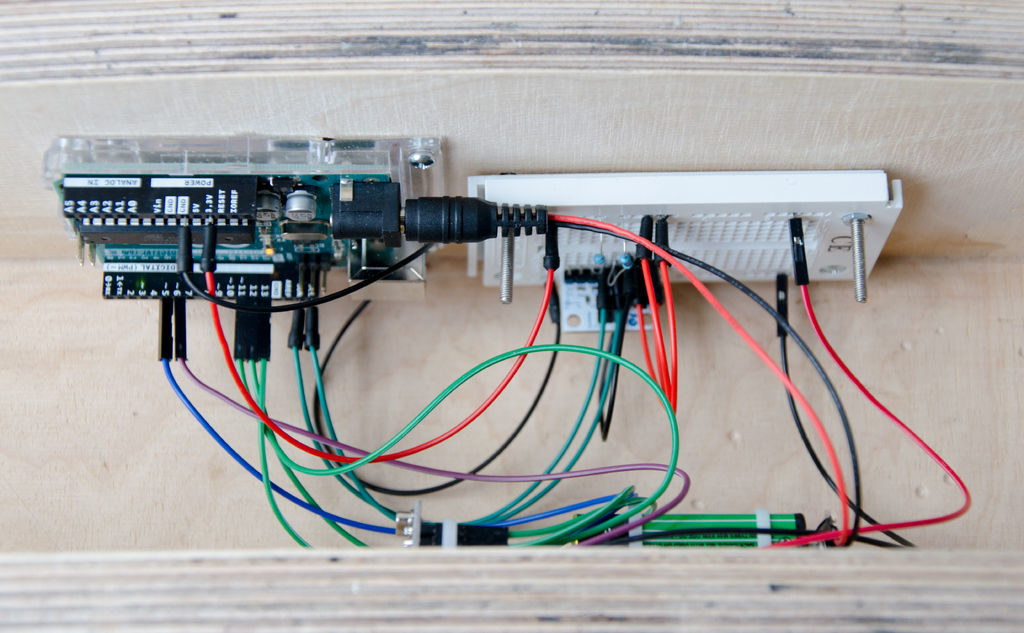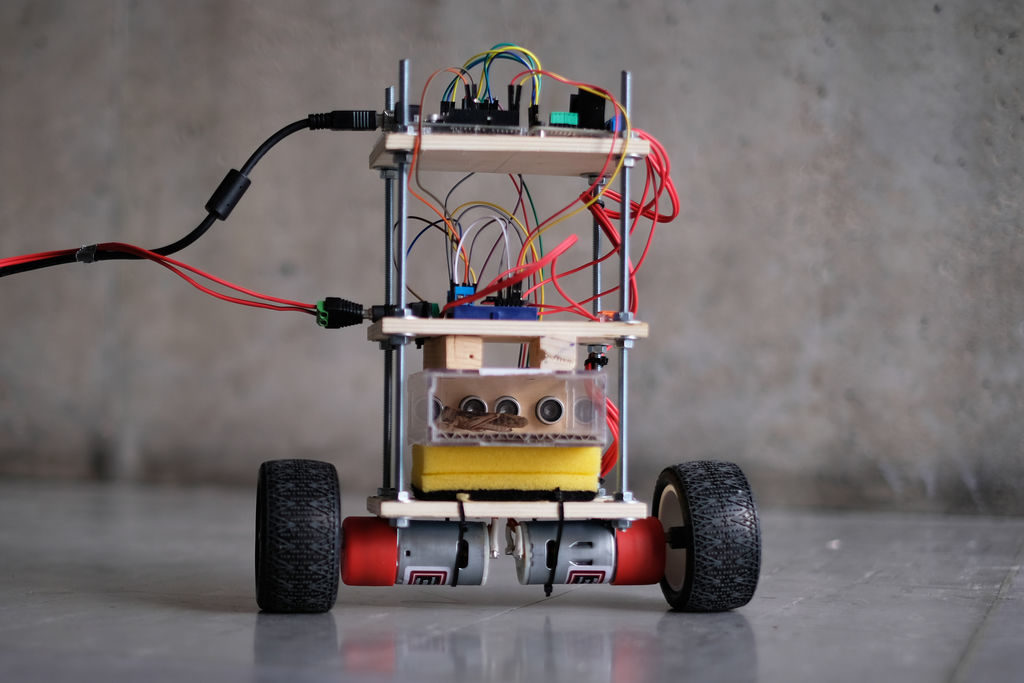This electric soapbox car can reach a top speed of 35 km/h
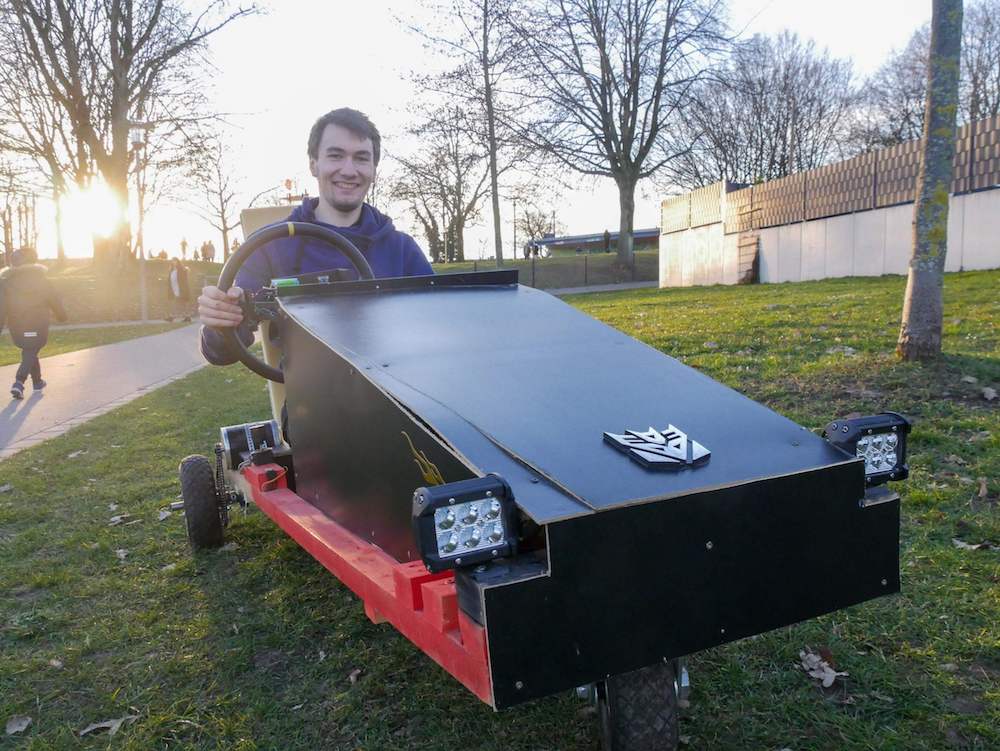
If Elon Musk was to design a soapbox car, the prototype might look something like this by David Traum.
Traum’s project is powered by a 500W motor which is fed by a pair of 12V batteries and a 40 W solar cell, allowing it to attain a top speed of 35 km/h and a range of 10 to 15km. Although that might not sound like a huge number, it looks pretty fast at the end of the video below!
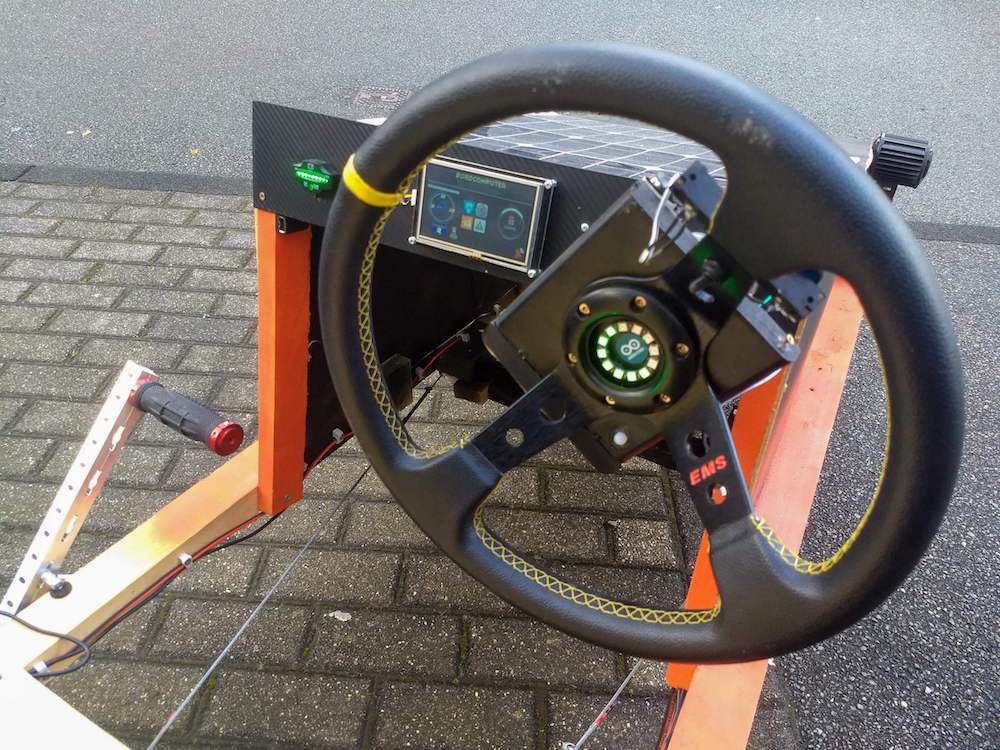
But that’s not all. The vehicle features a rather unique control system, with front wheel steering actuated by a stepper and cable assembly. An Arduino Mega is the brains of the operation, while user input is via a small touchscreen, a joystick, and even a steering wheel (equipped with an Uno, a 9V battery, radio module, and gyro sensor) that can work wirelessly as needed—perhaps to park remotely, or simply as a gigantic RC car
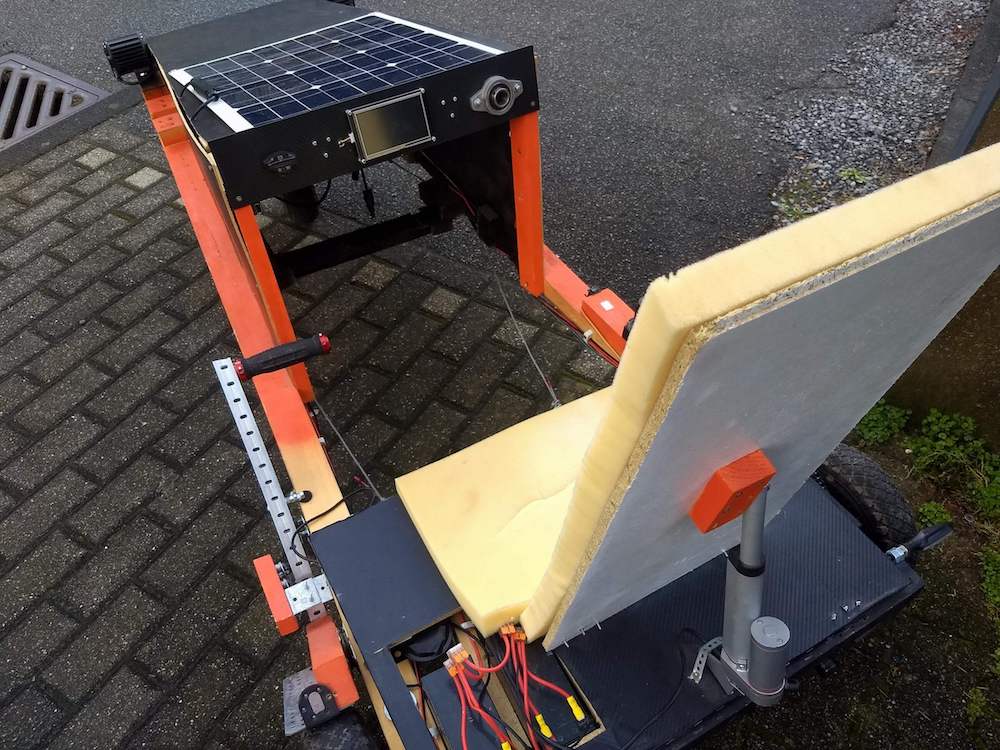
The clip here is in German, but you can read more in this English-translated article.


